Plant it and they will come
Tom
2 years ago
Featured Answer
Sort by:Oldest
Comments (12)
mxk3 z5b_MI
2 years agoken_adrian Adrian MI cold Z5
2 years agoRelated Professionals
Caldwell Landscape Contractors · Cudahy Landscape Contractors · Estero Window Contractors · Lake Forest Park Window Contractors · Laurel Window Contractors · Discovery Bay Window Contractors · Castro Valley Driveway Installation & Maintenance · Parker Driveway Installation & Maintenance · Baton Rouge Decks, Patios & Outdoor Enclosures · Brentwood Decks, Patios & Outdoor Enclosures · Glendale Decks, Patios & Outdoor Enclosures · Salem Landscape Architects & Landscape Designers · Setauket-East Setauket Landscape Contractors · White Bear Lake Landscape Contractors · Fairfax Decks, Patios & Outdoor EnclosuresTiffany, purpleinopp Z8b Opp, AL
2 years agoTom
2 years agomr1010
2 years agoTom
2 years agolast modified: 2 years agofour (9B near 9A)
2 years agomr1010
2 years agolinaria_gw
2 years agoCecily Grace zone6
2 years agolast modified: 2 years agofour (9B near 9A)
2 years ago
Related Stories

FARM YOUR YARD9 Ways to Change Up Your Vegetable Garden for the Coming Season
Try something new for edible plantings that are more productive than ever
Full Story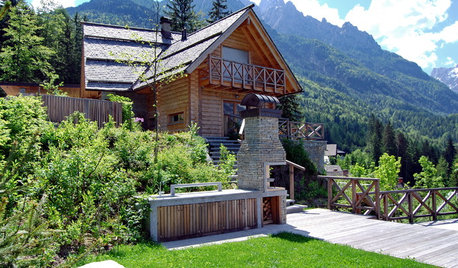
LANDSCAPE DESIGNStyle and Nature Come Together in a Slovenian Landscape Design
Natural plantings and local materials create a memorable outdoor experience in picturesque Kranjska Gora
Full Story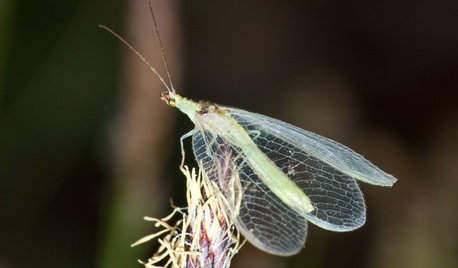
GARDENING GUIDESLook Out for Lacewings: Beneficial Insects Coming to a Garden Near You
Lacewings are delicate insects that produce alligator-like, hungry offspring that devour aphids and other garden pests
Full Story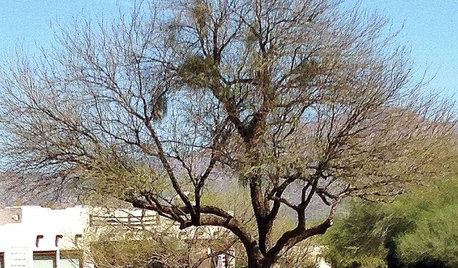
GARDENING GUIDESMistletoe Is Coming to Town
The sight of this mistletoe may not always bring about festive feelings, but for U.S. Southwest gardeners, it’s not all bad
Full Story
DECORATING GUIDESCompany Coming? 8 Quick Decorating Fixes
Declutter that bookshelf, flesh out the gallery wall check the light bulbs,
Full Story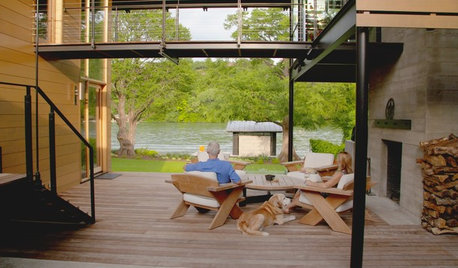
MODERN ARCHITECTUREHouzz TV: This Amazing Lake House Made a Couple’s Dream Come True
Step inside a dream home on Lake Austin, where architecture celebrating gorgeous views has a striking beauty of its own
Full Story
HOMES AROUND THE WORLDHouzz Tour: The Walls Come Down in a Creative Parisian Home
A conventional city apartment gets a flexible new layout to reflect the eclectic personality of its owner
Full Story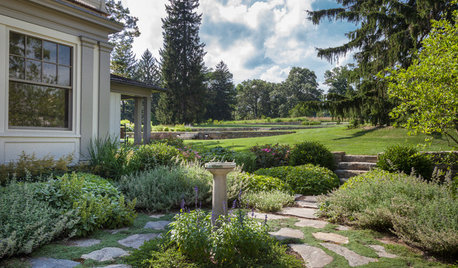
TRADITIONAL HOMESHouzz Tour: Connecticut Farm Restored for Generations to Come
A man renovates his extended family’s stately farmhouse and land. Sustainable practices are used in gardens, wetlands and recreation areas
Full Story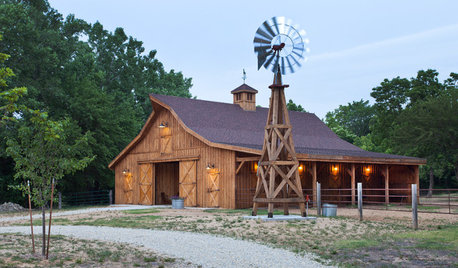
TRADITIONAL STYLEFarmhouse Style: Windmill Power Comes Around Again
Windmills helped win the West. Today these hardworking features are still winning our hearts
Full Story
HOME TECHHere Come the Home Robots — for Real
This is the droid you're looking for. Humanoid servants are poised to finally be of service around the home
Full Story





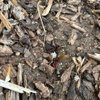

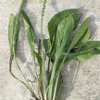
mxk3 z5b_MI